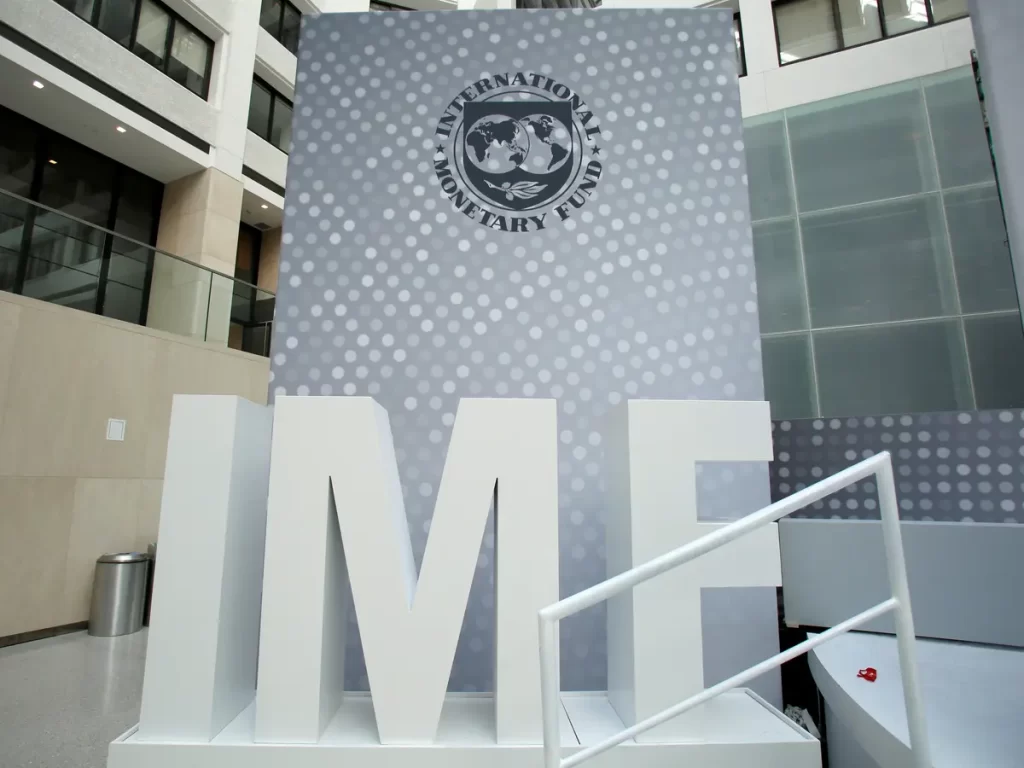Pakistan is a third-world country and being a developing nation, it is facing a critical situation and many issues regarding tax, finance, and public debt. To reform the up-speculated economic crisis, the Pakistani government needed to take a loan. Hence, under the initiative of prime minister Imran Khan, the government signed loan agreements with Saudi Arabia, United Arab Emirates, China, and the IMF.
The purpose of taking loans from the IMF is that Pakistan needs to stabilize its declining economy, exchange rates, and balance of payments. However, this relief is short-term and usually yields a new crisis in the long term as the debt matures and the government gets into a monetary crisis again due to inadequate rising of the dollar into a federal reserve.
Pakistan and IMF have signed 22 agreements for loans since 1958 comprising 10 programs under PRGT (poverty reduction growth trust) and GRA (general resource account) of IMF and 12 bailouts. The current 39-month bailout plan has raised the figure by $6 billion and is the 13th time Pakistan has gone to the IMF since the 1980s. the bailout has laid several conditions on the Pakistani government including those on taxes and subsidies, government spending, interest rates, and foreign exchange rates. Pakistan needs $12 billion this year to bridge the gap between its foreign currency holdings. One area where the IMF has put a lot of focus is tax collection. Pakistan has for years struggled to raise its tax revenue and increase its tax net.
Pakistan has been loaned $3 billion from the total $6 billion packages so far. The development is a shot in the arm for Pakistan’s crumbling economy, which is struggling due to rising global energy and commodities prices. The central bank doubled this year, which is now the highest in Asia, as part of efforts to rein in inflation and show its willingness to reform public finances as a precursor to IMF support. The rupee is down almost 50 percent against the dollar this year and is the world’s worst-performing currency. The IMF increased a loan program for Pakistan to $8 billion to prop up the country’s cash-starved economy, according to media reports.
Pakistan’s economy is on the verge of destruction due to repeatedly pursuing IMF programs. The problem is related to the governance system and structural reforms of Pakistan. We went to the IMF 22 times in 60 years with no sign of a positive impact on the economy and we cannot blame the IMF for this failure. Rather, it’s our politicians and the establishment who is responsible for such an outcome. Our main problem is the weak taxation system. We do not make efficient use of our resources. Shallow and incompetent taxation systems lead us to a financial crisis and ultimately to another IMF program.
The goal of these IMF programs is highly desirable, but there are several problems with the sequencing and prioritization of goals. Pakistan’s economy lags far behind its contemporary economies like Bangladesh’s growth rate is around 7 percent of GDP whereas our growth rate is around 1.3 percent. So even from a growth rate perspective, our economy is deficient.
On the issue of sequencing, the IMF identified three main problems in our energy sector. First, our tariff rate is low. Secondly, special group subsidies are not shown in the budget. The third problem is related to the generation and distribution of energy. the IMF suggested corrective measures, which seem less than complete. External imbalances which result from our internal sector deficiencies will again lead to the same situation after every five years. Our remittances, our central bank’s intervention, in the foreign exchange markets, and our repeated IMF programs led to an appreciation of the currency, portraying the partial resolution measures.
We need to bring the government out of unnecessary involvement in the business activity which could improve the efficiency of the government and thus can strengthen it as a vibrant and capable institution. It is not a matter of going to the IMF program; rather, the will to grow independently. We need to come up with local solutions via local research which can address our challenges effectively so that our future is not destined for the IMF program’s main benchmark interest rate of 13.25%
